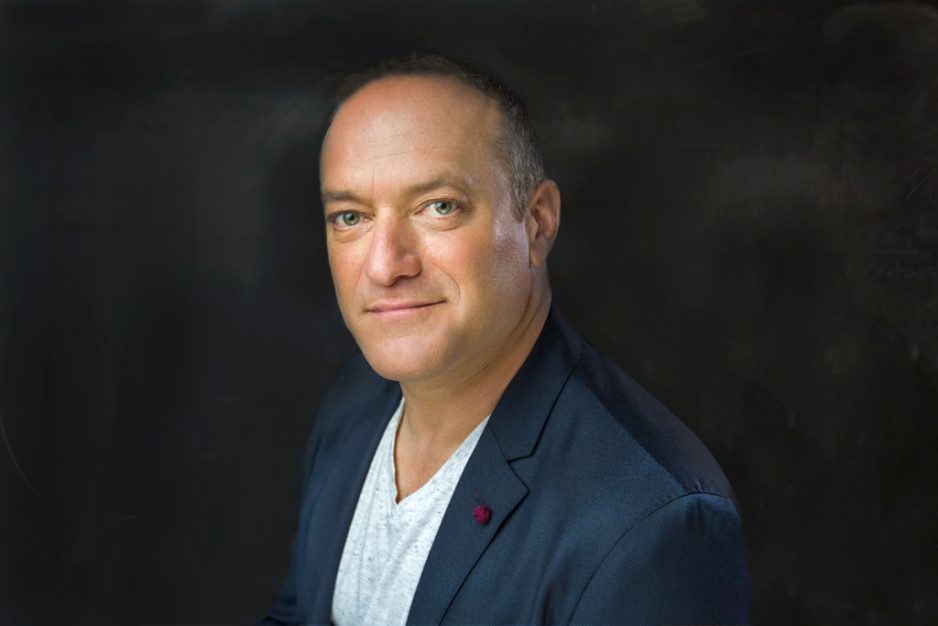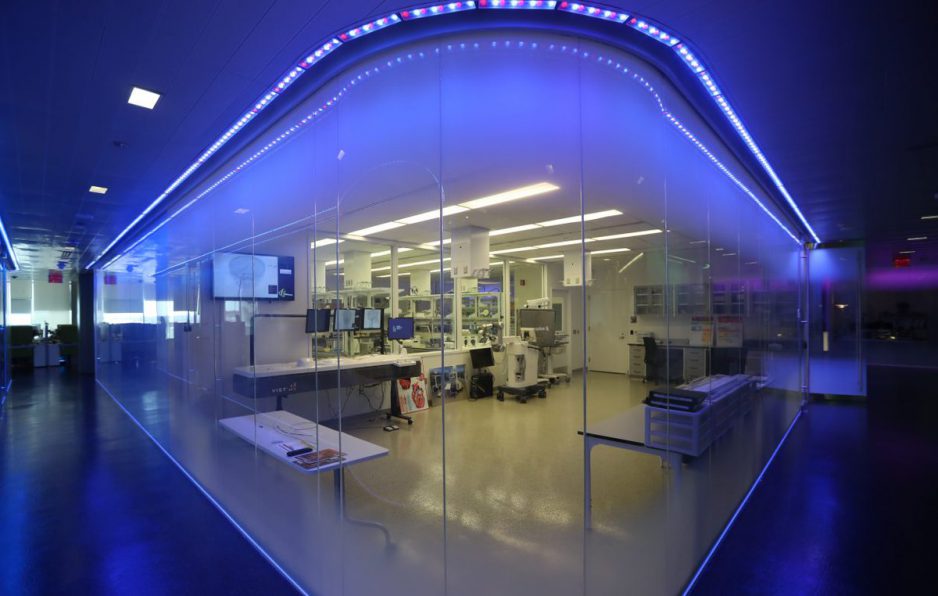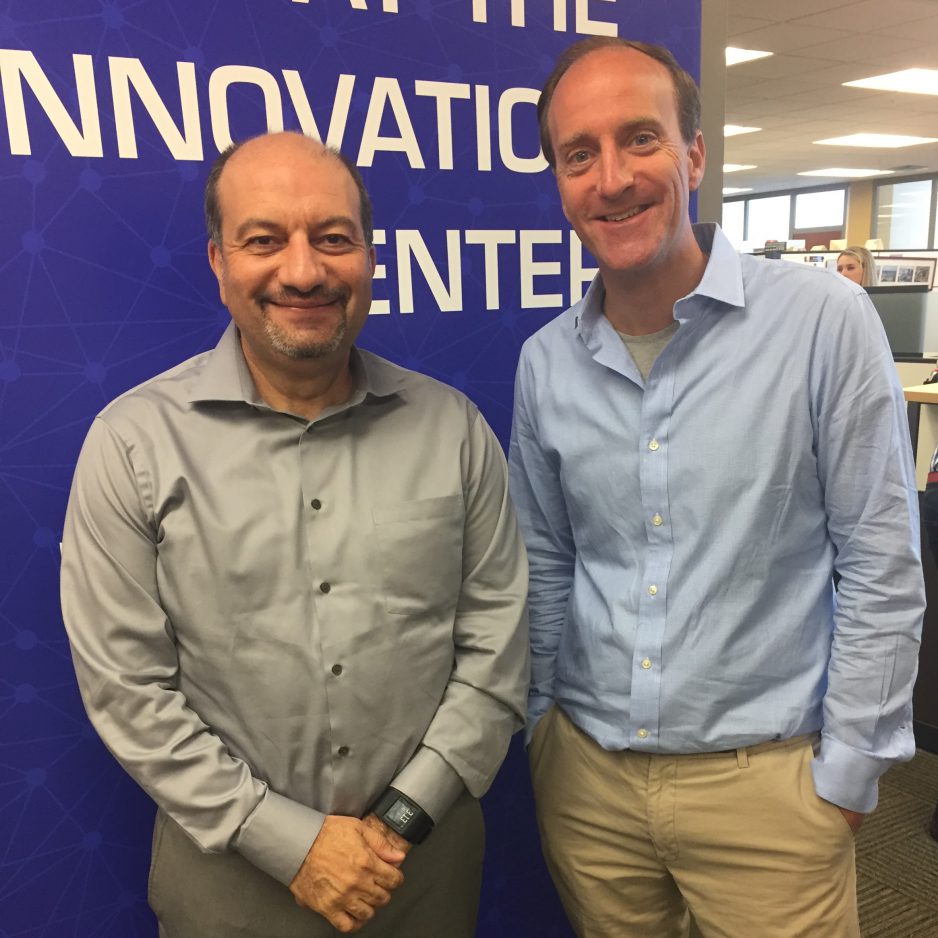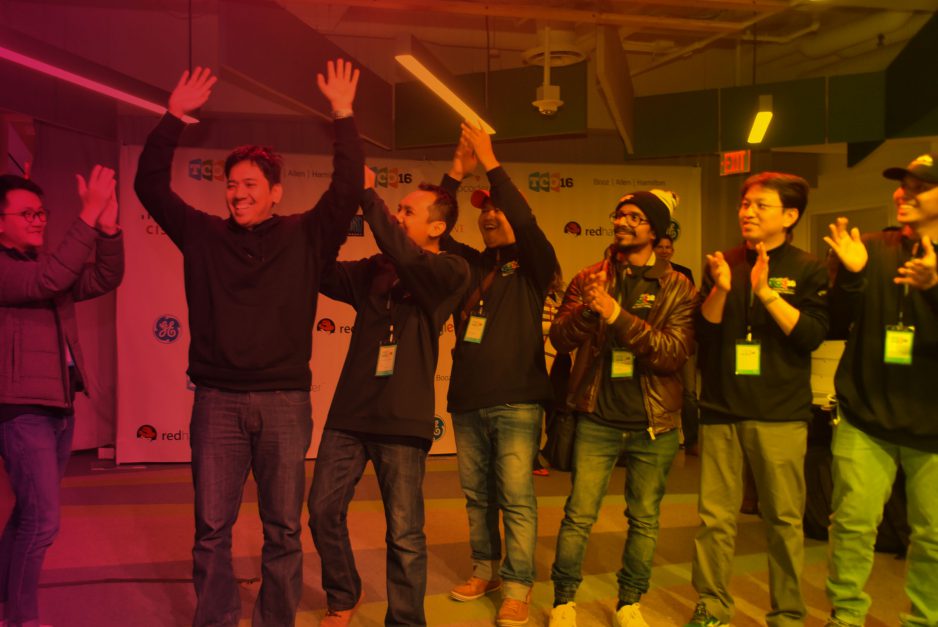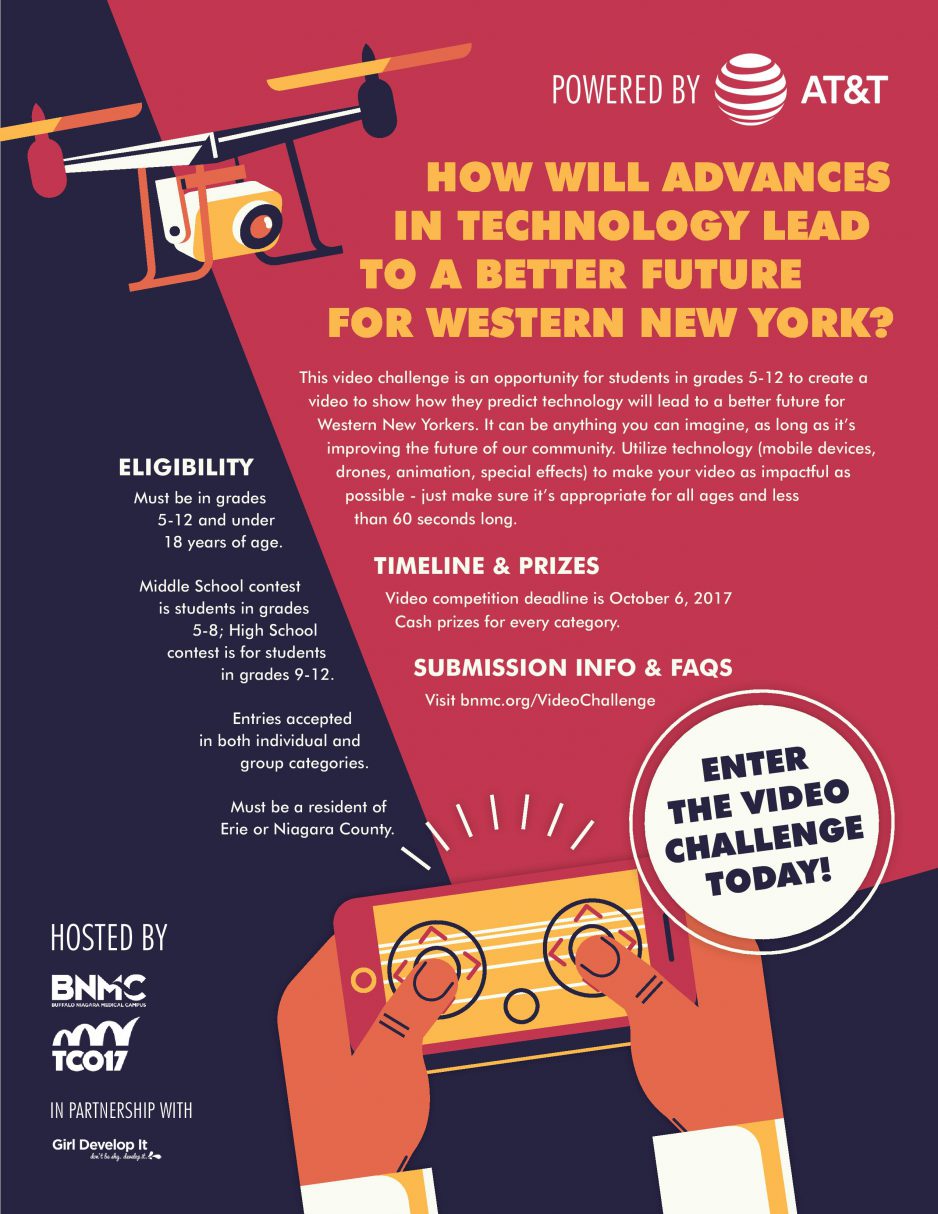ACV Auctions’ new 10,000-square-foot office can accommodate up to 130 employees
By Dan Miner Reporter, Buffalo Business First
It’s been clear for awhile that ACV Auctions needed an office.
Turns out it didn’t need to leave the building.
The fast-moving technology startup, which offers a software platform for wholesale used car auctions, signed a lease Monday for a 10,000-square-foot office in the Thomas R. Beecher Jr. Innovation Center. The space will be renovated by building owner Buffalo Niagara Medical Campus Inc. and the company expects to move in by spring.
Company CEO George Chamoun said the space will be a large open floor plan with conference rooms and a modern tech vibe – including no executive offices. Chamoun and other managers will sit among the rest of the company’s employees.
The office is expected to accommodate up to 130 employees, which means it’s likely to be full soon. Chamoun said ACV will keep its various smaller offices around the building for personnel overflow.
Overall, ACV Auctions currently has 160 full-time employees.
That’s a far cry from the company’s formation in 2014, when Joe Neiman, Dan Magnuszewski and Jack Greco announced they had co-founded the company. Since that time, the company has raised about $21 million in private capital in three separate fundraising rounds. It also won the $1 million grand prize in the 43North business competition in 2015.
Since it was founded, ACV’s home base has been the Z80 Labs technology incubator, which is on the Innovation Center’s ground floor. Its team now takes up a sizable chunk of that real estate, while engineers, sales teams and others have separate offices in smaller rooms around the building.
Chamoun said the move gives ACV its own branded space without the tremendous logistical hurdles of an extensive real estate search. Various local technology firms have taken years to find the right mix of price and parking combined with a modern technology vibe in downtown Buffalo.
The third floor office also has large windows looking out to the burgeoning medical campus, with views of new buildings like the University at Buffalo’s Jacobs School of Medicine and Biomedical Sciences and Kaleida Health’s new John R. Oishei Children’s Hospital.
“The landlords here have been great to us, and this allows us to continue doing our job right now,” Chamoun said. “It’s a great location and allows us to put around own brand around it.”
According to Chamoun, ACV’s job is to continue establishing its presence in new territories throughout the United States. ACV hires employees in each of its territories – including 33 territory managers – and then seeks to build a market of wholesale dealers and buyers, who can do real-time auctions on an wp-content instead of bringing vehicles to a physical auction.
The company has now extended south to Florida and has begun fielding requests from new territories. It is in the preliminary stages of considering a large new injection of funding in 2018 to accelerate growth.
Chamoun said ACV’s revenue is up 600 percent from 2016 and the company is hitting its financial milestones.
The company is also developing new products toward the goal of being a comprehensive solution in the wholesale automotive world.
“Buying and selling wholesale is all about trust,” Chamoun said. “We are building a product portfolio that’s built around trust for both buyers and sellers.”





